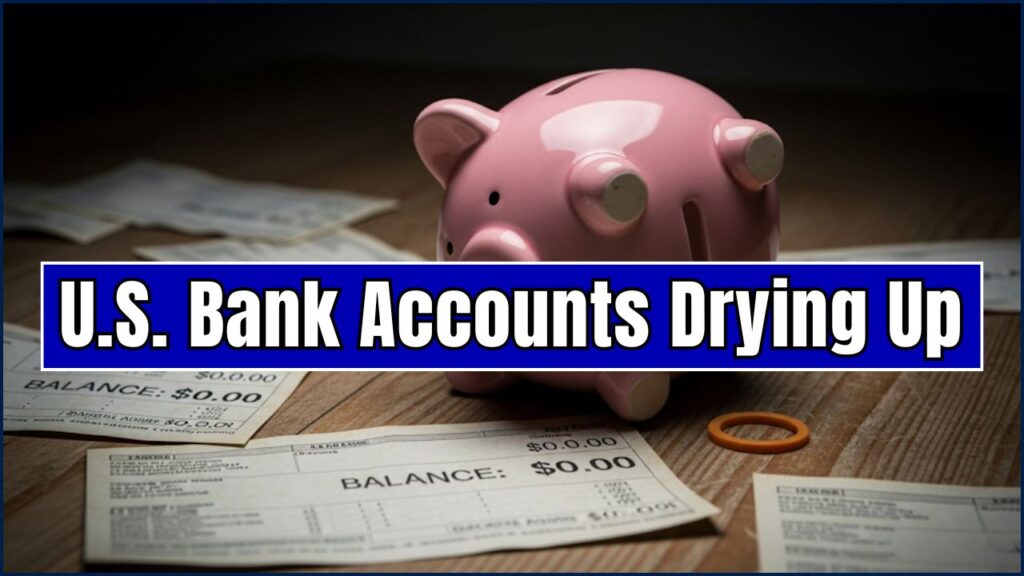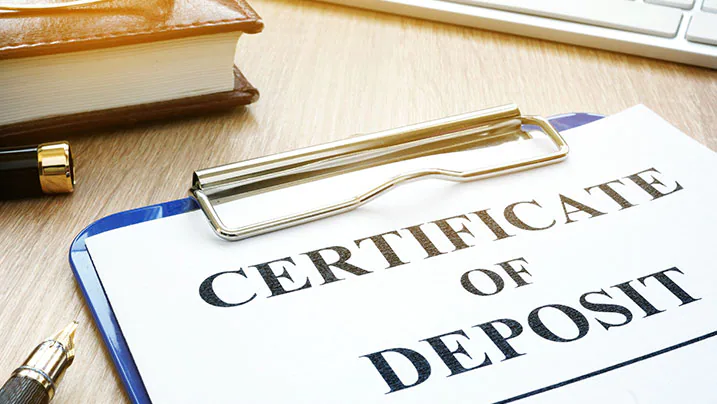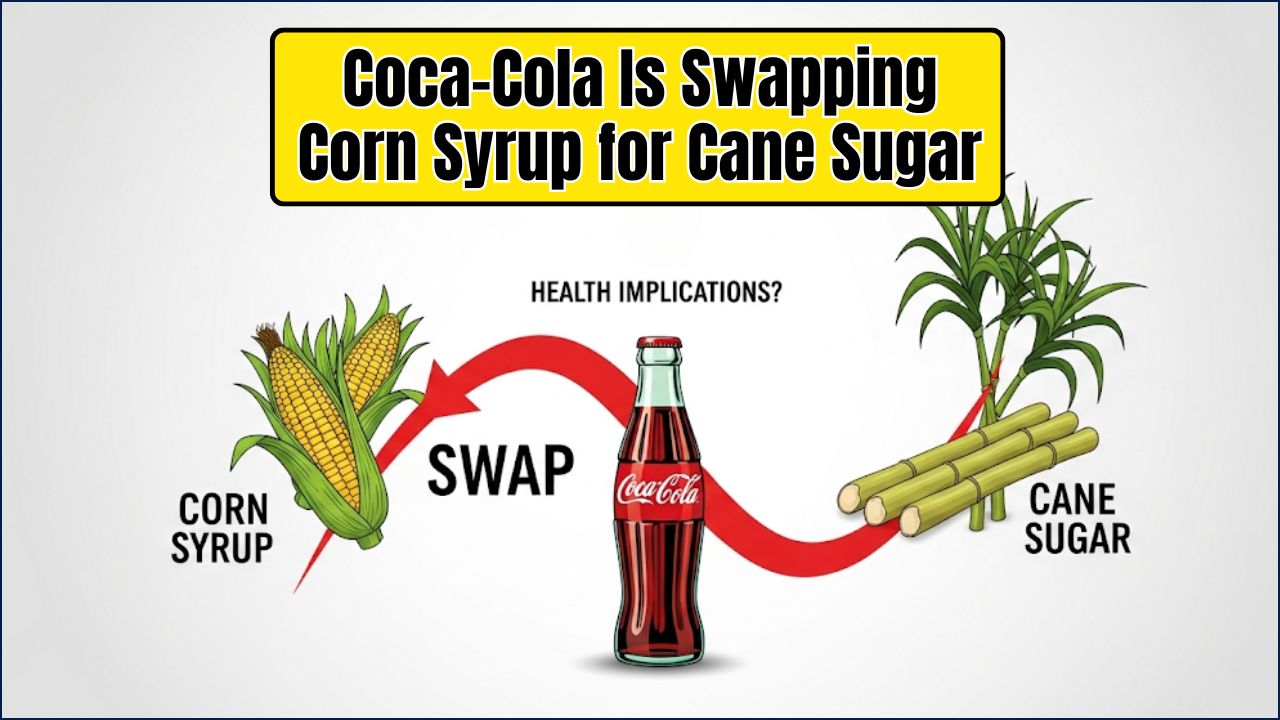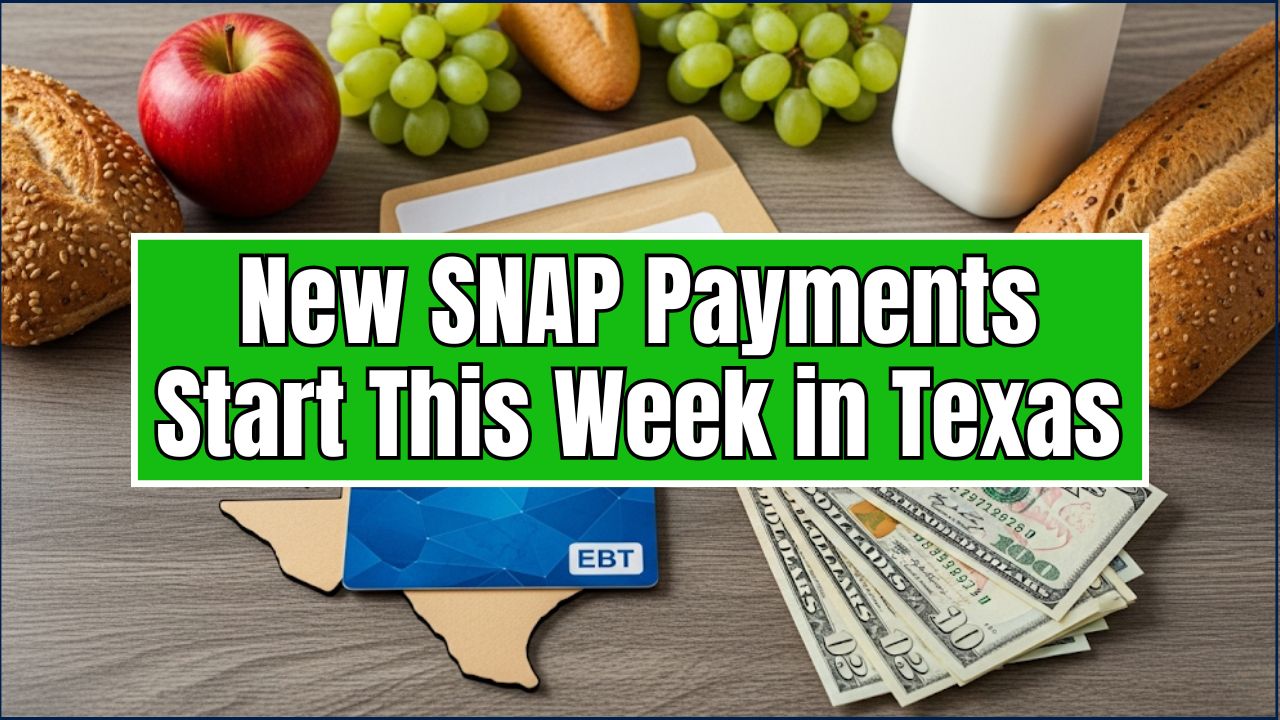If you’ve been feeling like your bank account’s getting a little too light lately, you’re not alone. The phrase “U.S. bank accounts drying up” isn’t just clickbait—it’s a real, growing concern across the country. Savings rates are dropping, emergency funds are getting thinner, and more folks are living paycheck to paycheck. Let’s break it down and get to the bottom of what’s happening, why it matters, and how you can stay ahead of the curve.

What’s Going On with U.S. Bank Accounts?
Over the past year, American households have seen a noticeable decline in traditional savings account balances. According to the JPMorgan Chase Institute, the average balance in checking and savings accounts is either flatlining or dipping, especially for middle- and low-income earners.
But here’s the kicker: while traditional bank balances are falling, total cash reserves (including high-yield savings, CDs, money-market funds, and brokerage accounts) are actually on the rise. People aren’t necessarily going broke—they’re getting smarter with where they stash their cash.
U.S. Bank Accounts Drying Up
| Metric | Current Insight |
|---|---|
| Median Bank Account Balance | ~$3,400 (2024, JPMorgan) |
| Low-Income Savings | ~$1,000 avg, up 5-6% annually |
| High-Yield Savings Rate | 4% – 5.5% APY |
| Traditional Bank APY | ~0.01% |
| Main Trend | Funds shifting from big banks to high-yield alternatives |
| Official Source | JPMorgan Chase Institute |
While it might seem like U.S. bank accounts are drying up, the reality is more complex. Americans are making smarter choices by ditching low-yield savings and shifting funds to higher-return options. But if you’re not paying attention, you could be losing hundreds—if not thousands—of dollars in interest each year.
Staying informed, diversifying your savings, budgeting wisely, and using the right tools can help you ride out uncertain times and come out stronger. Think of your money like a garden—nurture it right, and it’ll grow.
Why Are Bank Accounts Drying Up?
1. Inflation is Still Biting Hard
Inflation may have cooled a bit, but the cost of living is still high. Groceries, gas, housing—all up. When expenses rise but incomes stay relatively flat, savings take a hit. Folks are dipping into their reserves just to make ends meet.
2. Low Interest Rates on Traditional Accounts
Let’s be honest—keeping your money in a big-name bank’s savings account is like hiding it under your mattress. The national average savings interest rate is still around 0.01%. That means if you’ve got $10,000 saved, you’ll earn a whopping $1 over a year.
Compare that to a high-yield savings account offering 4.5% APY, and you’re looking at $450 a year in interest. No wonder people are pulling their money from traditional banks and moving it elsewhere.
3. Shift to Higher-Yield Products
From Certificates of Deposit (CDs) to money market accounts and brokerage platforms, Americans are hunting for returns. It’s not that savings are drying up entirely—they’re just changing neighborhoods.

4. Student Loan Repayments and Rising Debt
With student loan payments resuming and credit card balances at record highs, many are turning to their savings to manage monthly expenses. According to the Federal Reserve, U.S. credit card debt surpassed $1.13 trillion in 2024. This added financial pressure forces many to dip into what’s left of their savings.
5. Lack of Financial Literacy
A surprising number of Americans don’t know the difference between APR and APY, or the benefits of compound interest. Without a clear understanding of how money grows (or shrinks), folks often leave money on the table.
What Does This Mean for Everyday Americans?
It depends on who you ask. For high-income earners, it might just be a smart move to chase better yields. But for families living paycheck to paycheck, lower traditional balances can spell trouble.
Real-World Example
Take Sara, a single mom in Kansas making $38,000 a year. She had $1,500 in her savings account in 2023. By mid-2024, she’d dipped into that to cover rising rent and groceries, leaving her with just $300. Even though she opened a high-yield account offering 4.75% APY, she didn’t have much left to put in it.
What Can You Do About It?
Step 1: Audit Your Accounts
Take a weekend to look at where your money sits. Check balances, interest rates, and whether your current bank is giving you the best deal.
Step 2: Move to High-Yield Options
Look into high-yield savings accounts from institutions like:
- Ally Bank
- Marcus by Goldman Sachs
- Synchrony
They often offer rates between 4% to 5.5% APY, with no monthly fees or minimum balances.
Step 3: Keep Some Cash Liquid
Don’t put everything in CDs or brokerage accounts. You need liquid savings for emergencies. A good rule? Keep 3-6 months of living expenses in a liquid account.
Step 4: Automate Your Savings
Use apps like Digit, Chime, or Acorns to set and forget. Automating helps you build your nest egg without thinking about it.
Step 5: Learn the Basics of Investing
Consider putting a portion of your money into ETFs, index funds, or robo-advisors. Platforms like Fidelity, Vanguard, and Betterment make it easy for beginners.
Step 6: Build a Budget That Actually Works
Try the 50/30/20 rule: 50% for needs, 30% for wants, 20% for savings/debt. Budgeting apps like YNAB or Mint can help keep you on track.
The Bigger Picture: Financial Resilience
Financial resilience isn’t just about having a fat bank account. It’s about knowing your options, making smart moves, and staying ahead of inflation and interest rate shifts. The pandemic taught us how quickly things can go south. Building diverse savings streams is the name of the game.
Also, consider building multiple income streams—side hustles, freelance work, or passive income through investing—to support your savings goals.
FAQs
Why are savings account balances going down?
Most folks are spending more due to inflation and earning low interest at traditional banks, leading them to dip into or move savings.
Are high-yield savings accounts safe?
Yes. Look for accounts that are FDIC-insured up to $250,000.
What’s the best way to start saving again?
Start small. Even $10 a week adds up. Use automation and high-yield accounts to grow your money faster.
How much should I keep in savings?
Aim for 3 to 6 months of essential expenses. If you’re self-employed, shoot for 9-12 months.
What’s the difference between APR and APY?
APR (Annual Percentage Rate) is the cost of borrowing. APY (Annual Percentage Yield) shows how much you earn on savings with compound interest. APY gives a more accurate picture for savers.








